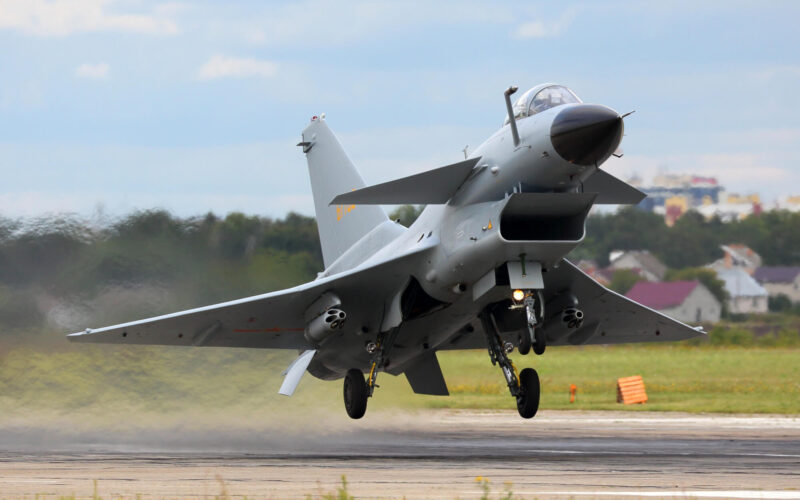Since the end of the 1970s, Iran has been the target of international sanctions that have limited its ability to acquire new aircraft. The restrictive measures have been used as a way for the United States to strongarm the policies of the Islamic republic, particularly on its nuclear program. While Iran previously seemed to have found an alternative supplier in China, things appear more complicated.
A dire need of new aircraft
In 2015, the United States President Barack Obama reached an agreement with the Iranian regime after years of negotiations: Iran would give up its nuclear program in exchange for a progressive lift of the international sanctions affecting its economy. Several plane manufacturers, including Boeing and Airbus, had signed contracts to deliver an array of much-needed new aircraft to the Iranian carriers.
But in May 2018, the US administration decided to reimpose sanctions on the Islamic Republic of Iran, described by newly-elected President Donald Trump as the main sponsor of international terrorism. Only the Franco-Italian planemaker ATR managed to deliver five aircraft to Iran Air on August 5, 2018, a mere day before new American sanctions take effect.
Much like the country’s airlines, the Iranian Air Force is in dire need of new aircraft, especially fighter jets.
An array of antiques acquired prior to the Islamic revolution fly with the Iranian colors, such as the F-4 Phantom II, the Mirage F1, and the Northrop F-5. Iran was the sole foreign customer of the Grumman F-14 Tomcat, and since the US Navy retired the aircraft in 2006, it is the last to operate the iconic air superiority fighter. With no way to procure parts for 42 years, the flight condition of the jets remains unclear.
On August 18, 2018, the Iranian Ministry of Defense announced that the country had developed its own 4th generation fighter, the “Kowsar”. While Iranian authorities claim it was developed indigenously “following extensive research and efforts by the Iranian Defense Ministry’s experts,” it seems that the fighter is once again heavily based on the design of the Northrop F-5 from 1959.
Tehran thought it found a worthy opportunity in Beijing. After several years of negotiations, Iran and China signed a historic agreement on March 27, 2021. And along with this trade agreement, the acquisition of thirty Chinese-made Chengdu J-10C multi-role fighters was discussed, for a contract valued at $2 billion.
The latest iteration of the Chengdu J-10, the J-10C is presented as a 4.5th generation combat aircraft, thanks to the inclusion of an indigenous Active electronically scanned array (AESA) fire-control radar. The Japanese Ministry of Defense evaluated the number of J-10s operated by China at over 400, making it the second most numerous fighter jet of the People’s Liberation Army Air Force after the Chengdu J-7.
The Russian solace?
However, China is reportedly not enthusiastic to see the deal move forward. Selling the fighter jets to Iran could expose Beijing to sanctions from the United States, based on the Countering America’s Adversaries Through Sanctions Act (CAATSA). And while the relation between the two superpowers has been tense lately, China is apparently not ready to make matters worse. Additionally, arming Iran could muddle up the relationship with other potential partners in the Middle East, such as Israel or the United Arab Emirates.
There is, however, one country that does little in the way of appeasing the United States: Russia. Already under sanctions under the CAATSA, Moscow could have a card to play by offering Iran one of its fighter jets. The Su-30 Flanker, already operated by numerous allies of Russia, could be a contender.
This would not be the first time that Russia rushes to trade with the sanctioned country. In April 2018, two months before Trump announced the resumption of the sanctions, Sukhoi reached a memorandum of understanding with Iran Air Tours and Aseman Airlines for twenty SSJ100Rs each.

